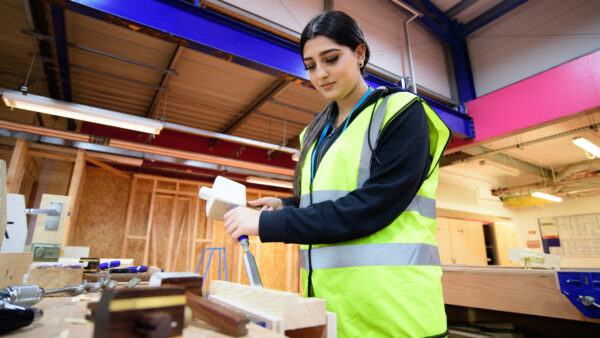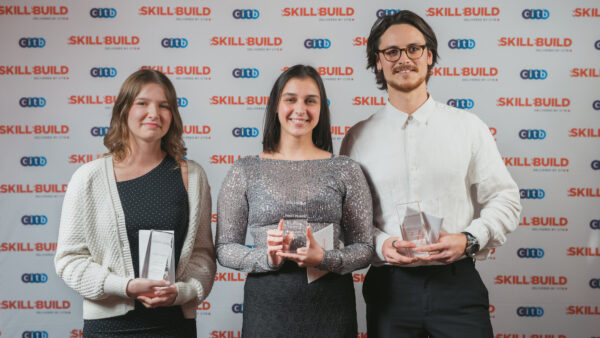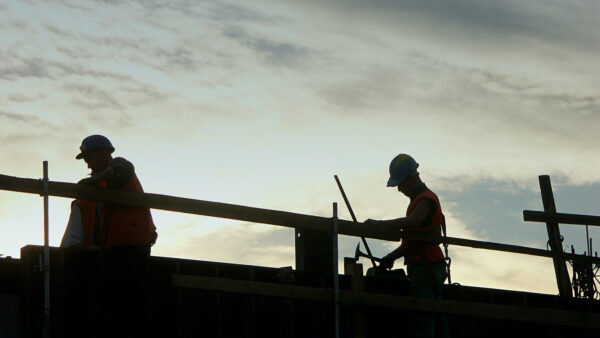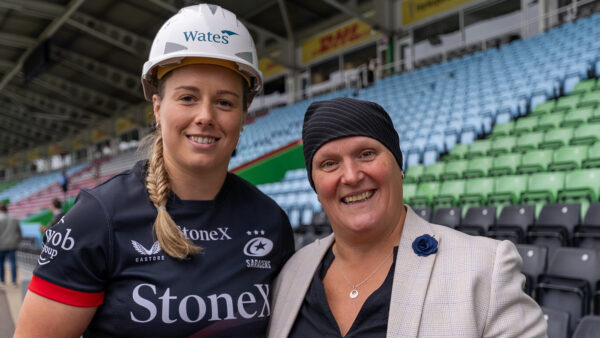
Progress remains slow when it comes to creating a clear pathway for women into management and leadership in construction.
The construction industry is evolving. With ongoing labour shortages, stricter compliance requirements and growing client expectations, the sector needs more capable leaders than ever before.
Yet one of its greatest assets remains consistently underused: women in management and leadership roles.
Despite years of discussion, progress remains slow.
In Australia, women make up just 13% of the construction workforce. In the UK, it’s around 14%. Most of those roles are in support functions rather than site-based or leadership positions.
The industry doesn’t have a talent shortage, it has an access problem. It’s not that women don’t want to lead in construction. The opportunities and structures that support them often don’t exist.
Why it matters
Having more women in leadership isn’t just about fairness or optics, it’s about results.
Research repeatedly shows that gender-diverse teams outperform on profitability, staff retention and innovation.
Women leaders often bring fresh perspectives to project management, communication and problem-solving.
More importantly, construction businesses need talent. If women continue to be excluded, intentionally or not, the industry won’t meet future demand.
What can be done?
Change doesn’t happen through intentions alone. It requires practical, sustained action and it starts with leadership.
- Leadership must lead. Companies that succeed in this area don’t wait for a diversity policy. They make deliberate decisions. A standout example from Australia involved a construction firm that set a target of 50% female participation on a school project and achieved 53%. Not because of quotas, but because leadership insisted it was possible and planned for it.
- Review how you hire and promote. One of the easiest ways to start is to rethink how you attract and select talent. Job ads often carry subtle cues that discourage women from applying. Instead, use inclusive language and focus on purpose, growth and collaboration.
- Create clear development pathways. Women are often hired into support roles without a path to leadership. To change this, construction businesses need to build a ‘capability pipeline’. That means having structured development plans and visible promotion opportunities.
- Make inclusion part of everyday culture. Inclusion isn’t a policy – it’s a practice. It’s embedded in how teams operate, how leaders behave and how feedback is handled. Firms that do this well create a sense of psychological safety where all voices are heard.
- Track progress and stay accountable. It’s easy to say you want more women in leadership. But unless it’s measured, it rarely happens. Construction companies should track their numbers: how many women are in management, how often are they promoted, how long do they stay?
A roadmap for change
If you’re not sure where to start, consider a 90-day sprint. This gives your leadership team a manageable, time-bound way to shift the dial.
Here’s an example:
Focus each week | |
Week 1-2 | Speak with current female staff. What’s working? What’s not? |
Week 3-6 | Audit job descriptions and interview processes. |
Week 7-10 | Launch a mentoring programme and run a leadership workshop. |
Week 11-12 | Set clear targets for next quarter and share progress. |
Final thought
Construction is not a man’s world, it’s a builder’s world. And building things requires a diversity of thought, skills and leadership.
Getting more women into management is not about lowering standards. It’s about expanding what good leadership looks like.
There’s no shortage of capable women. The question is: are you building a company they want to lead in?
Greg Wilkes is founder of Develop Coaching and creator of the Mastermind Model for construction SMEs.









